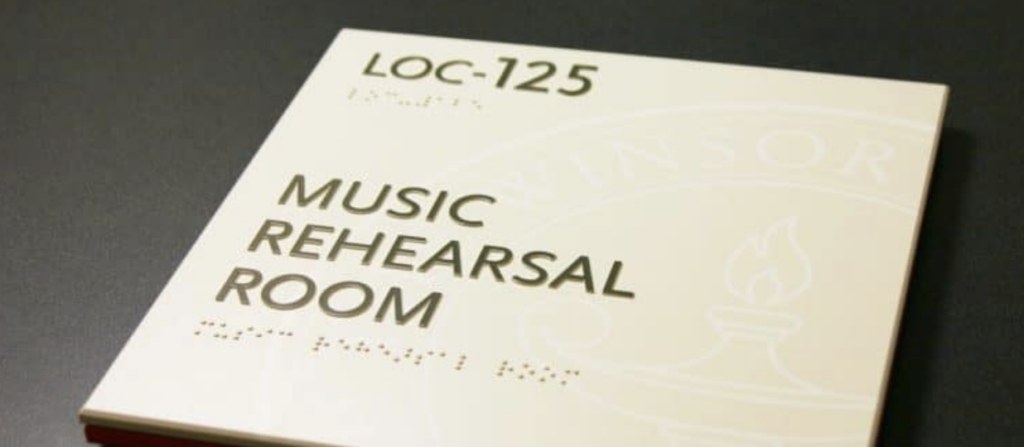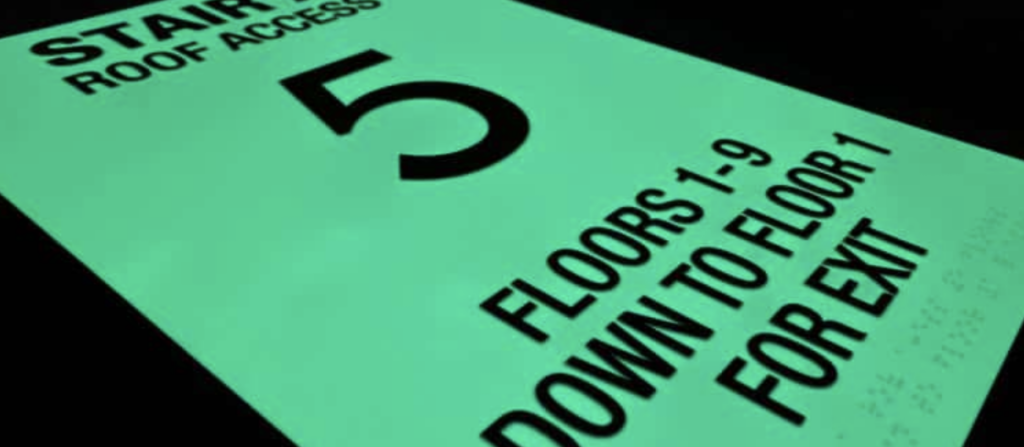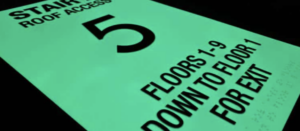
Signs permeate our urban and suburban environments, shaping how we navigate and interact with the spaces around us. Wayfinding signs, in particular, have evolved from simple directional tools into integral elements of our living environments, blending functionality with aesthetics to create lasting impressions. As commercial brands have embraced design, so too have communities, making wayfinding signs and other signage key landmarks in our daily lives.
The Evolution of Wayfinding Signs in Commercial Spaces
Commercial brands have shifted from being mere necessities to becoming attractions within communities. This evolution may seem counterintuitive to conventional wisdom, suggesting that cities and towns crave a return to “authentic” environments that reflect history and embrace subtle, small-scale approaches. However, the reality is quite different. In our landscape of suburban strip malls, rapidly evolving downtowns, and aging town centers, there is a growing desire for design and material quality in all its forms. With their blend of design excellence and functionality, wayfinding signs are at the forefront of this transformation.
The influence of design quality is evident everywhere, from large-format print graphics and dynamic lighting to beautiful wayfinding signs that guide us through our environments. This demand for aesthetically pleasing and functional signage has been fueled by the steady diet of design excellence we consume through television, magazines, the internet, and real-life experiences.
The Commercial World Leading Design Innovation
In the past two decades, the cutting edge of design has shifted decisively to the commercial world. Where daily design experiences were once defined by performing arts centers, convention facilities, public parks, and town halls, we now find beauty and inspiration in places like supermarkets and doctor’s offices. This shift reflects a broader trend in which commercial spaces have embraced high-quality design to enhance customer experiences and brand identity.
In many ways, institutions have had to catch up with this trend. Libraries, for example, have rebranded themselves with graphics and wayfinding signs once seen only in retail environments. This convergence of commercial and institutional design has led to a blending of best practices, with wayfinding signs playing a crucial role in creating cohesive and attractive environments.
The Role of Sign Companies in Community Branding
Sign companies today are at the forefront of modernizing community brands. Whether it’s implementing a healthcare wayfinding system, rebranding a retail store, or creating a new library identity, signs, and graphics are taking the lead in how communities perceive themselves. In this context, sign companies can view themselves as stewards of quality environments, on par with architects, interior designers, and planners.
Selling quality wayfinding signs as a means of supporting a community is not only good business but also a valuable service. The growing understanding and acceptance of community branding present a significant opportunity for sign companies to influence the look and feel of public spaces. Proactive engagement with planners and code officials is essential, as these meetings lay the educational foundation for high-quality design standards.
Moreover, using every opportunity to demonstrate to customers that higher-quality materials and methods can have a significant impact on even the simplest projects is key. For example, a well-designed wayfinding sign can elevate the experience of navigating a public space, making it more intuitive and enjoyable for everyone who uses it.
The Impact of Wayfinding Signs on Communities
Wayfinding signs do more than just guide people from point A to point B—they help define the identity of a place. In doing so, they contribute to a sense of community and belonging. As communities continue to evolve, the role of signage in creating cohesive and attractive environments will only become more important.
Wayfinding signs have transcended their traditional role as mere navigational aids. They have become landmarks in their own right, shaping the way we experience and interact with our surroundings. As commercial brands and communities alike embrace design, wayfinding signs will continue to play a vital role in the built environment, enhancing both functionality and aesthetics for everyone.



